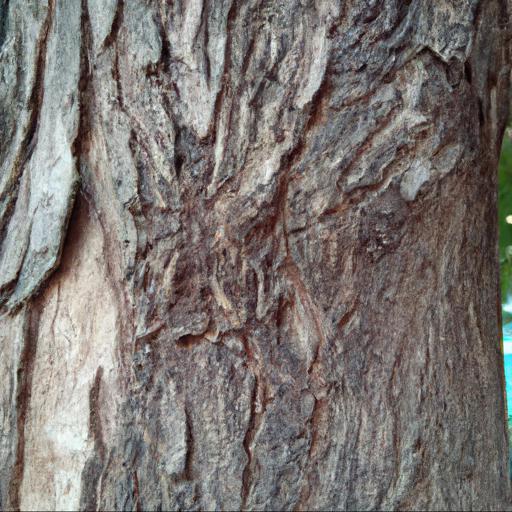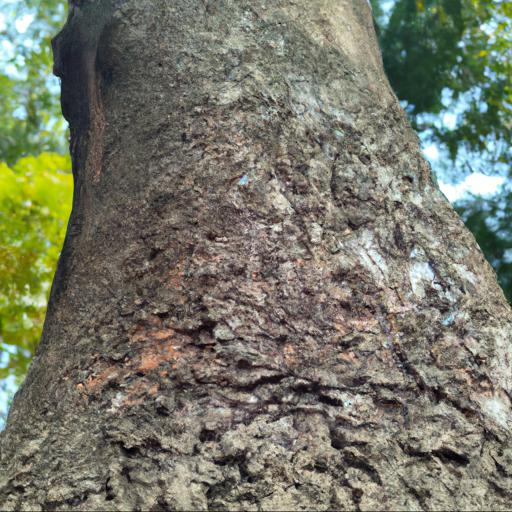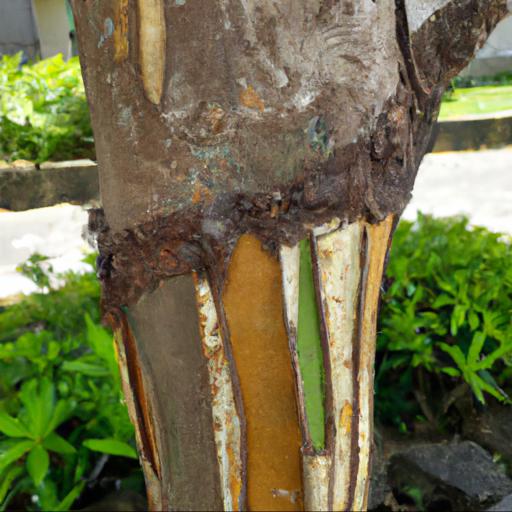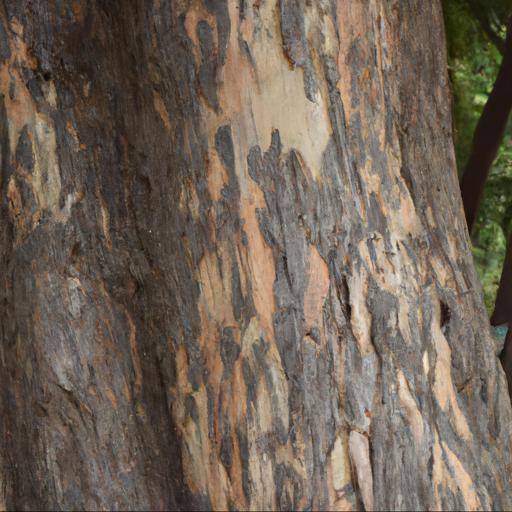Trees with attractive bark can add a unique and eye-catching element to any landscape. By carefully selecting the right species, you can create a stunning visual effect that will draw attention and admiration.
From the bright colors of the Paperbark Maple to the unique texture of the Corkbark Elm, there are many trees with attractive bark that can be used to enhance your outdoor space. In this blog, we will explore some of the best trees with attractive bark and discuss the various benefits they can provide. From adding visual interest to providing extra protection from the elements, these trees can be a great addition to any yard.
Types of trees with attractive bark

Ah, trees with attractive bark! For those of us who enjoy spending time in our gardens, these are some of the most delightful yet underrated features of a planted space.
Not only can the bark of these trees add texture and interest to an area, but it can act as a conversation starter when admiring the nature and grace of our gardens. When it comes to attractive and visually stimulating bark, there are quite a few options for us to draw upon. From the jagged and textured ridges of a River Birch, to the stunning smoothness of a Paperbark Maple, it’s easy to find something that catches your eye.
Not only are their appearances unique, but their hues can range from a traditional pale tan to a warm copper. When it comes to finding a tree with attractive bark for your garden, you are naturally spoilt for choice.
You may want to opt for a Redbud Tree which has a dreamy cinnamon and caramel bark, or even a Weeping Willows whose bark offers a textured, spongy grey. Regardless of what species you decide to plant, having an eye-catching tree that is also low maintenance and easy to care for, is always an extra-special win! When it comes to investing in a garden with attractive bark trees, you’ll be pleased to know that there won’t be any maintenance worries as the bark doesn’t degenerate over time or deteriorate as readily as other trees or plants in your garden.
That being said, it is always wise to check the health of your tree and ensure that it is not showing signs of stress. Trees such as the Japanese Cherry Blossom, Canoe Birch, and Paperbark Maple are a few varieties that have visually stunning bark and require minimum pruning. Decorating your home and garden with beautiful trees and shrubs is an ideal way to add a more organic touch to your outdoor space.
Everyone should have the opportunity to share in this experience and thankfully, trees with attractive bark are versatile enough to accommodate any size garden or style. So, why not take an adventurous walk and explore the possibilities of this natural and muted beauty.
Benefits of trees with attractive bark

As a UK garden expert, I’ve noticed that the trend for trees with attractive bark has been increasing recently. After all, incorporating these trees into your outdoor space can add visual interest and a touch of colour, making it look simply beautiful. From multi-hued bark to unique patterns, trees with eye-catching bark can truly transform any garden.
The benefits of having trees with attractive bark in your garden are vast. Not only can they provide aesthetic value and provide a focal point, but they can also provide shelter and privacy.
Foliage-less trees are perfect for creating a visual screen for your garden, when using plants and hedging is impractical or not available. Furthermore, trees with attractive bark add winter interest and texture; when everything else has gone dormant, the bark will still be visible, creating a pleasant contrast. A few particularly attractive trees that are native to the UK with unique bark include the Field Maple, Silver Birch and Scots Pine.
The Field Maple is known for its yellow and green-brown bark which is perfect for adding a hint of autumn colour to your garden. Silver Birch is one of the most striking trees that you will see in the British countryside, with its pure white bark; it will add a tranquil, calming feel to your outdoor area.
Last but not least, the Scots Pine has dark blue-grey bark with shallow grooves, which works especially well if you’re aiming to achieve a contemplative or naturalistic look. No matter what style you’re after, incorporating trees with attractive bark can elevate the look of your outdoor space and add interest to even the most lacklustre of gardens.
How to care for trees with attractive bark

Trees with attractive bark provide our gardens and landscapes with color, texture, and overall beauty. Caring for these trees is fairly simple and straightforward but there are a few considerations to keep in mind.
With regular maintenance, these trees can provide years of charm and distinction. When tending to trees with attractive bark, the most important thing to remember is pruning. Pruning is essential for the health of the tree and will enable it to grow better.
Pruning also allows for shaping and improving the structure of the tree, making the overall landscape look more attractive. Pruning should be done with sharp, clean shears, saws, and snips. Making sure the pruning process is done correctly is not only important for the tree’s health but also for avoiding unsightly scars and protrusions that can take away from the beauty of the bark.
In addition to pruning, it is important to use a slow-release fertilizer on trees with attractive bark. This will ensure the tree receives the necessary nutrients and minerals to stay healthy.
It is also important to make sure there is enough space cleared around the tree to allow for proper air circulation. This will help prevent the occurrence of pests, diseases, and fungi.
It is also beneficial to regularly water the tree and mulch around it to help keep the soil moist and to reduce weeds. By following these simple tips, anyone can ensure that their trees with attractive bark are well taken care of and remain beautiful for many years to come. Whether planted in a garden bed, tucked away in a corner, or lining a path, trees with attractive bark will always be a standout feature in any landscape.
Final Touch
Trees with attractive bark can add visual interest to any landscape. With a variety of colors and textures, these trees can be a great way to add color and texture to your yard. From smooth, mottled bark to colorful, exfoliating bark, there are many varieties of trees with attractive bark to choose from.
With careful selection and proper care, these trees can be a beautiful addition to any garden.
FAQ
What types of trees have attractive bark?
Some types of trees with attractive bark include birch, beech, sycamore, paperbark maple, and river birch.
What are the benefits of having trees with attractive bark?
The benefits of having trees with attractive bark include providing visual interest and texture to a landscape, providing a habitat for wildlife, and providing a windbreak and shade. Additionally, trees with attractive bark can help reduce noise pollution, improve air quality, and provide a natural cooling effect.
How can you identify trees with attractive bark?
You can identify trees with attractive bark by looking for trees with smooth, colorful, or textured bark. Additionally, you can look for trees with bark that has interesting patterns or shapes.
What are some common trees with attractive bark?
Some common trees with attractive bark include birch, paperbark maple, river birch, sycamore, beech, and dogwood.
How can you care for trees with attractive bark?
To care for trees with attractive bark, it is important to provide them with enough water and sunlight, as well as regular pruning to keep them healthy and looking their best. Additionally, mulching around the base of the tree can help to protect the bark from damage and keep it looking attractive.
What are some creative ways to use trees with attractive bark in landscaping?
Some creative ways to use trees with attractive bark in landscaping include using them as a focal point in a garden, creating a living privacy screen, or as a backdrop for a seating area.

